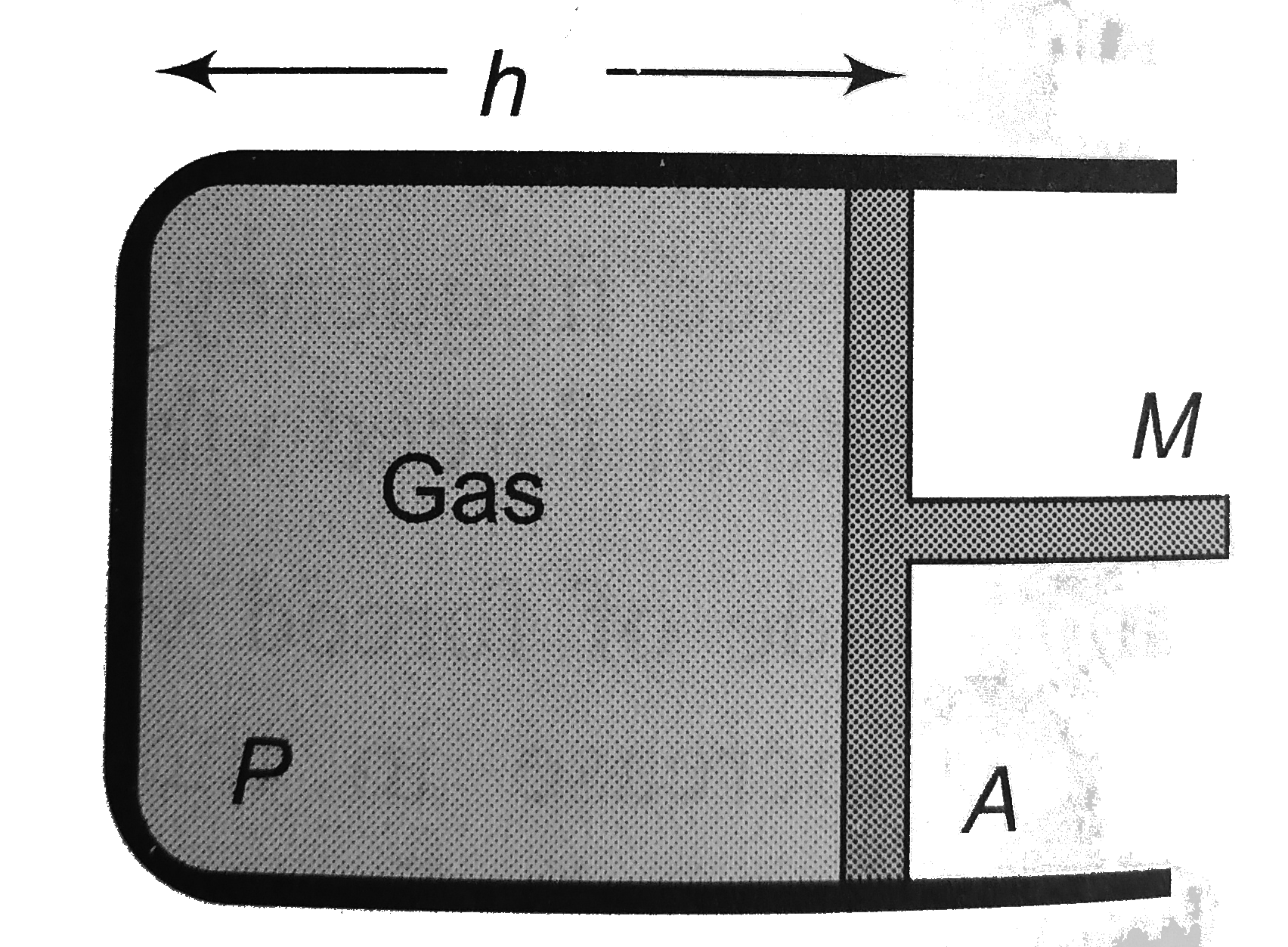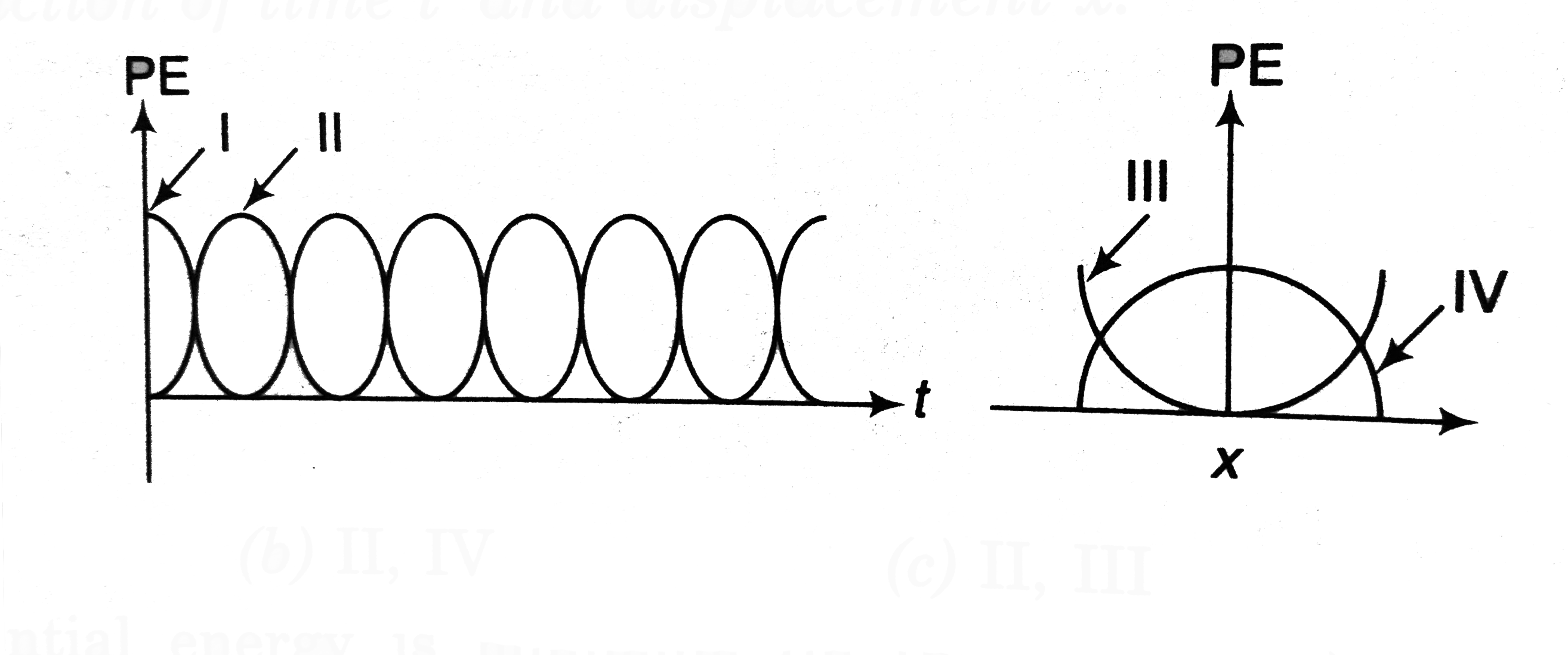Complete Solutions to Chapter Test of chapter OSCILLATION AND SIMPLE HARMONIC MOTION of Class 11 book with complete answers and questions
| Class 11 | PHYSICS |
| Chapter | OSCILLATION AND SIMPLE HARMONIC MOTION |
| A2Z | Chapter Test |
| Number Of Questions | 29 |
| Academic Year | 2023-24 |
A chimpainzee swinging on a sitting position stands up suddenly the time period
01:36View SolutionA plane oscillation oscillation with time period `T` suddenly another aplte put on the first plate, then time operiod
01:37View SolutionIf a spring has time period T, and is cut into (n) equal parts, then the time period of each part will be.
01:10View SolutionA body executes simple harmonic motion. The potential energy (P.E), the kinetic energy (K.E) and energy (T.E) are measured as a function of displacement `x`. Which of the following statements is true?
01:39View SolutionThe length of a simple pendulum executing simple harmonic motion is increased by `21%`. The percentage increase in the time period of the pendulum of increased lingth is.
02:38View SolutionTwo bodies (M) and (N) of equal masses are suspended from two separate massless springs of spring constants (k_1) and (k_2) respectively. If the two bodies oscillate vertically such that their maximum velocities are equal, the ratio of the amplitude of vibration of (M) to the of (N) is.
02:10View SolutionA mass (M) is suspended from a spring of negligible mass. The spring is pulled a little and then released so that the mass executes SHM of time period T. If the mass is increased by m, the time period becomes `(5T)/3`. Then the ratio of `m/M` is .
01:52View SolutionThe displacement of a particle varies according to the relation `y = 4(cos pi t + sin pi t)`. The amplitude of the particle is
02:44View SolutionThe total energy of a particle, executing simple harmonic motion is.
where x is the displacement from the mean position, hence total energy is independent of x.00:45View SolutionA particle at the end of a spring executes S.H,M with a period `t_(2)` If the period of oscillation with two spring in .
03:08View SolutionThe bob of a simple pendulum executm simple harmonic motion in water with a period t, while the period of oscillation of the bob is `t_(0)` in air. Negleting frictional force of water and given that the density of the bob is (4//3)xx1000 kg//m^(3).
What relationship between t and `t_(0)` is true.02:55View SolutionA particle of mass (m) is attached to a spring (of spring constant k) and has a narural angular frequency omega_(0). An external force `R(t)` proportional to cos omegat(omega!=omega)(0) is applied to the oscillator. The time displacement of the oscillator will be proprtional to.
02:53View SolutionTwo simple harmonic are represented by the equation `y_(1)=0.1 sin (100pi+(pi)/3) and y_(2)=0.1 cos pit`.
The phase difference of the velocity of particle 1 with respect to the velocity of particle 2 is.03:04View SolutionIf a simple harmonic motion is represented by `(d^(2)x)/(dt^(2))+ax=0`,
its time period is.00:50View SolutionThe function `sin^(2)(omega t)` represents:
02:49View SolutionA particle executes simple harmonic motion with a frequency. (f). The frequency with which its kinetic energy oscillates is.
02:20View SolutionThe mass and diameter of a planet are twice those of earth. What will be the period of oscillation of a pendulum on this plenet. If it is a 2 second's pendulum on earth?
03:49View SolutionA cylinder piston of mass `M` sides smoothly inside a long cylinder closed at and enclosing a certain mass of gas The cylinder is kept with its axis horizontal if the piston is distanced from its equations positions it oscillation simple harmonically .The period of oscillation will be
 07:40View Solution
07:40View SolutionTwo bodies `P` and `Q` of equal masses are suspended from two separate massless springs of force constants `k_(1)` and `k_(2)` respectively. If the two bodies oscillate vertically such that their maximum velocities are equal. The ratio of the amplitude of `P` to that of `Q` is
02:26View SolutionThe displacement `y` of a particle executing periodic motion is given by `y = 4 cos^(2) ((1)/(2)t) sin(1000t)`
This expression may be considereed to be a result of the superposition of02:36View SolutionOne end of a long metallic wire of length (L) is tied to the ceiling. The other end is tied to a massless spring of spring constant . (K.A) mass (m) hangs freely from the free end of the spring. The area of cross- section and the Young's modulus of the wire are (A) and (Y) respectively. If the mass is slightly pulled down and released, it will oscillate with a time period (T) equal to :
05:36View SolutionA particle of mass (m) is executing oscillations about the origin on the (x) axis. Its potential energy is `V(x) = k|x|^3` where (k) is a positive constant. If the amplitude of oscillation is a, then its time period (T) is.
02:47View SolutionA spring of Force- constant `K` is cut into two pieces sach that one piece is double the length of the other . Then the long pieces will have a force - constant of
02:36View SolutionThe period of oscillation of a simple pendulum of length (L) suspended from the roof of a vehicle which moves without friction down an inclined plane of inclination (`alpha`), is given by.
04:33View SolutionAn ideal spring with spring - constant `K` is bung from the colling and `a` block of mass `M` is attached to its lower end the mass is released with the spring initally unstetched . Then the maximum exlemsion in the spring is
03:54View SolutionFor a particle executing SHM, the displacement `x` is given by `x = A cos omegat`. Identify the graph which represents the variation of potential energy `(PE)` as a function of time `t` and displacement `x`.

(a) `I, III`
(b) `II, IV` (c ) `II, III`
(d) `I, IV`03:57View SolutionA simple pendulum has time period (T_1). The point of suspension is now moved upward according to the relation `y = K t^2, (K = 1 m//s^2)` where (y) is the vertical displacement. The time period now becomes (T_2). The ratio of `(T_1^2)/(T_2^2)` is `(g = 10 m//s^2)`.
02:32View SolutionAssertion: In simple harmonic motion the velocity is maximum when the acceleration is minimum
Reason : Displacement and velocity of `SHM`differ in phase by `(pi)/(2)`01:30View SolutionSTATEMENT-1 : The height of a liquid column in a `U`-tube is `0.3 m`. If the liquid in one of the limbs is depressed, and then released, the time period of liquid column will be `1.1 sec`.
STATEMENT-2 : this follows from the relation.
`T = 2pisqrt((h)/(g))`02:54View Solution
Chapter Test questions and complete solutions for chapter OSCILLATION AND SIMPLE HARMONIC MOTION of A2Z PHYSICS (HINGLISH) of Class 11
All Exercises from A2Z Class 11 PHYSICS OSCILLATION AND SIMPLE HARMONIC MOTION
- AIIMS Questions
- Assertion Reasoning
- Chapter Test
- Equation Of Shm , Phase And Comparing Shm With Uniform Circular Motion
- NEET Questions
- Problems Based On Mixed Concepts
- Simple Pendulum And Different Cases Of Shm
- Spring Particle System
- Superposition Of Shm And Compound Pendulum
- Velocity , Acceleration And Energy Of Simple Harmonic Motion
